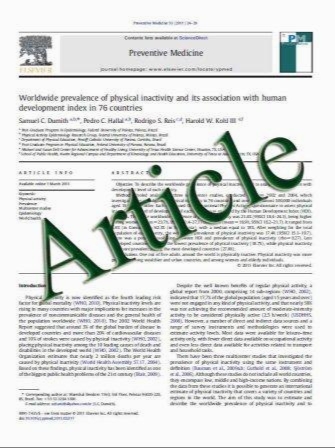Non-penetrating intracanalicular partial trabeculectomy via the ostia of Schlemm's canal
- نوع فایل : کتاب
- زبان : انگلیسی
- مؤلف : Alexey V. Dashevsky & Ines M. Lanzl & Konstantin E. Kotliar
- چاپ و سال / کشور: 2010
Description
Background In order to distinguish a more pronounced and sustained hypotensive effect of non-penetrating glaucoma surgery, a modified surgical procedure is proposed, which provides enlargement of the filtration membrane area with maximal maintenance of natural aqueous outflow pathways. Methods In 21 eyes of 17 patients with open-angle glaucoma (intraocular pressure: 32.4±4.7 mmHg; age: 69.2±4.4 years) the following non-penetrating surgery was performed. After the excision of the outer wall of Schlemm’s canal, outer layers of the trabecular meshwork were removed with a trabecular spatula (Geuder AG, G- 16240) at the site of the open area of Schlemm’s canal. A cannula-harpoon (Geuder AG, G-S02199) was introduced through both Schlemm’s canal ostia, between the less permeable and well-permeable trabecular layers and separating them. Due to the harpoon configuration of the cannula, the superficial less permeable trabecular layers were removed within Schlemm’s canal adjacent to its ostia during the retracting movement of the cannula. Thus, the filtration zone became extended using the outflow pathways into Schlemm’s canal. Results A postoperative intraocular pressure of 13.4± 2.3 mmHg after 2 years of follow-up was measured. In all 21 eyes the hypotensive effect was absolute (without medications). In seven cases (33%) a hyphema had occurred during surgery, which dissolved in all cases within 2-3 days postoperatively. Conclusions The results of the study demonstrate a pronounced and sustained effect of the modified surgery technique, and show that this surgery can be applied successfully in patients with therapy-resistant open-angle glaucoma. Further randomized prospective studies with larger case numbers are needed for generalized conclusions for a large population.
Graefes Arch Clin Exp Ophthalmol (2011) 249:565–573 DOI 10.1007/s00417-010-1507-6 Received: 26 March 2010 / Revised: 25 July 2010 / Accepted: 29 August 2010 / Published online: 23 September 2010


